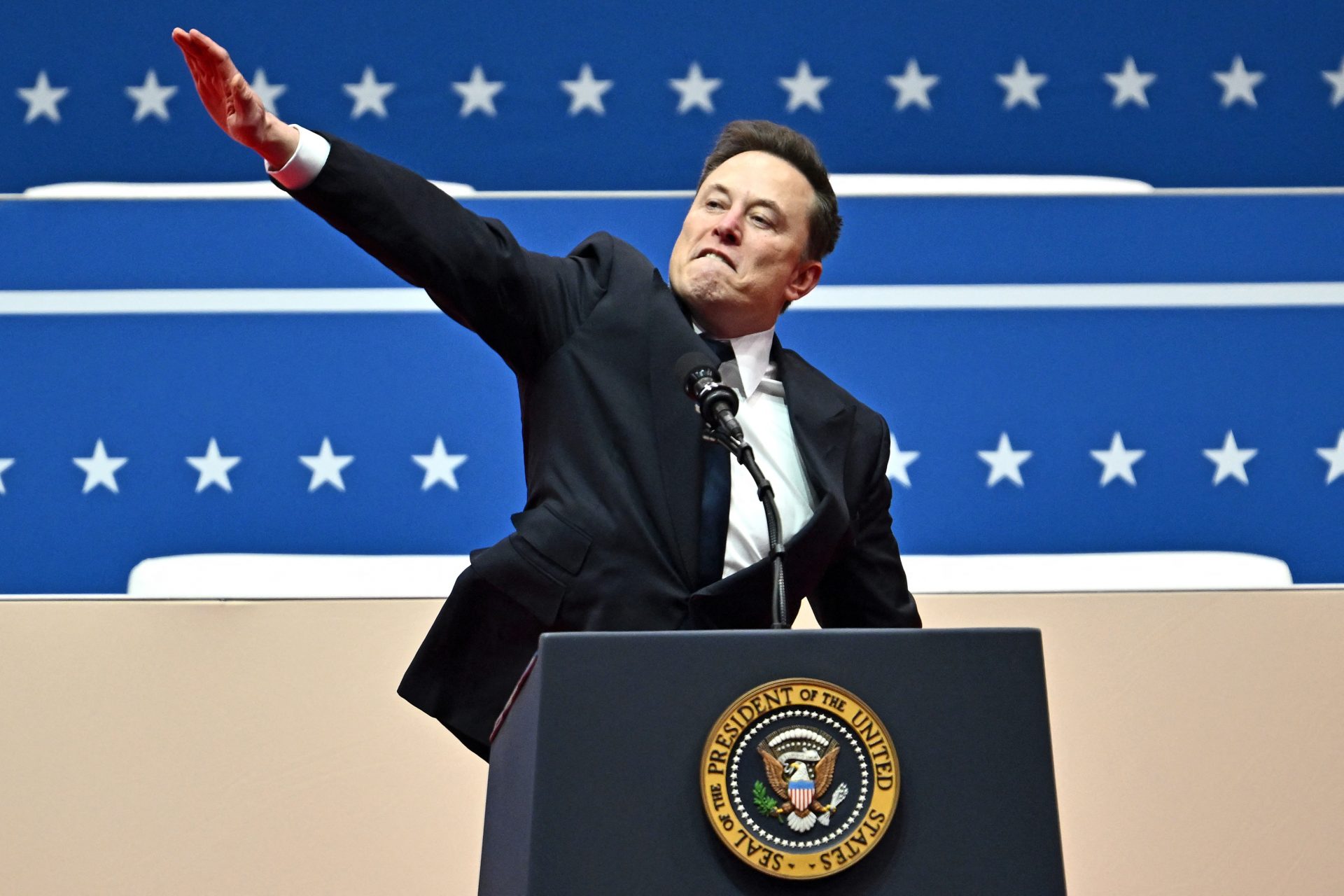Inventions that changed the world by accident
Experts estimate that about half of all inventions in science came about by accident, and it could be even more, but this is unconfirmed. In many cases luck plays an essential role in the story. Here are some of the great inventions that changed the world by accident.
The drink of choice by many, except for water and milk, was invented by pharmacist John Pemberton, whose syrup made from wine and coca extract was used to treat headaches.
Alcohol prohibition in Atlanta in 1885 prompted him to develop a non-alcoholic alternative by combining coca with carbonated water. The rest is history.
The famous blue pill was originally intended to be used against high blood pressure and angina pectoris.
Scientists at Morriston Hospital in Wales saw no progress in either of these two areas, but they did notice another powerful response... Viagra was patented in 1996.
Spencer Silver attempted to develop the ultimate adhesive in 1968, but achieved the opposite: a very light adhesive that, as life would have it, was used by chemist friend Art Fry to make 1977's "Press 'n Peel" by 3M.
Photo: Unsplash - Patrick Perkins
It failed, but three years later the 'Post-It Notes' came onto the market and are still successful today.
It's hard to believe that the ice cream cone wasn't invented until 1904... and by accident.
Photo: Unsplash - Brooke Lark
At the World Fair in 1904, an ice cream stand ran out of cups, so they improvised by rolling up the cones from the stand next door and placing the ice cream scoops on top. The cone was born, which has evolved over time on the current biscuit.
Penicillin was the first antibiotic in history, which gives an idea of the mortality rates that existed up to that point.
In 1929, bacteriologist Alexander Fleming returned from vacation to find that he had left a Petri dish of Staphylococcus bacteria uncovered, allowing the mold to kill the bacteria. Further research led to an administration to small animals that had no side effects but cured infections.
Years later, Howard Florey and Ernst Chain succeeded in isolating the substance that destroyed bacteria from mold. Penicillin was born. Fleming, Florey and Chain received the 1945 Nobel Prize in Medicine.
It was 1930 and Ruth Wakefield wanted to bake chocolate chip cookies, but since she ran out of chocolate to bake with...
Photo: Unsplash - Ben Lei
So she took a bar of chocolate, chopped it up, and threw it into the batter. As it turned out, the chocolate didn't melt, and the first cookies with chocolate pieces were born.
John and Will, the brothers with the surname Kellogg, wanted to cook grains to make muesli in the late 19th century. Without realizing it, one day they left a cup of boiled grains on a stove for several days.
Photo: Unsplash - Sten Ritterfeld
Mold formed in the cup but the grains were dry and grainy. After several attempts, they managed to remove the mold and produce the grains. And corn flakes were born along with one of the most well-known cereal brands.
John Walker, a British pharmacist, was fortunate enough to make a match while handling chemicals with a stick.
Photo: Unsplash - Ian Talmacs
He called them 'Friction Lights' and sold them in his cardboard or wood and sandpaper pharmacy in the box, but he didn't patent them, which other entrepreneurs then did, making millions from them.
In 1946, Percy Spencer, an engineer at Raytheon Corporation, was working on a vacuum tube for radar when the candy bar in his pocket melted faster than normal.
Photo: Unsplash - Vlad Zaitsev
After testing the vacuum tube with other objects, he patented a microwave that weighed 300 kilos. Fortunately, the weight and size has reduced over time.
Alfred Nobel lost his brother and four other people in a nitroglycerin explosion in 1864.
From then on he looked for safe handling of explosives and after many years he made dynamite by combining nitroglycerine with diatomaceous earth as an absorbent.
John Hopps was looking for a cure for hypothermia with a device that would use radio frequency to restore body temperature.
He didn't succeed, but he discovered that this device could artificially stimulate a heart that had stopped beating. That was in 1951, and the pacemaker was already a reality.
As early as 1879, Ira Remsen and Constantin Fahlberg were looking for alternative uses for coal tar.
One day, while eating, Constantine Falhberg noticed that the food was sweeter than usual until he realized he hadn't washed his hands. On this day saccharin was born.
Velcro, patented in 1955 and still used worldwide today. Used on clothes, shoes, and so many other objects, it is hard to imagine a velcro free world.
The invention of velcro dates back to Georges de Mestral who, in 1941, returning from a walk with his dog, noticed that the bottom of his trousers was full of burrs, after which he decided to study how this plant could stick to clothing so easily. That's how he came up with the idea that would lead to Velcro, the name of his company.
You have to travel back to 1853 to find George Crum, a New York chef whose fried potatoes were sent back by a customer because they were soft and oily.
Photo: Unsplash - Esperanza Doronila
The chef then sliced them very thinly, fried them until crisp and dipped them in salt. This unsatisfied customer was the first to try potato chips.
Wilhelm Roentgen was a German physicist who, in 1895, worked with a cathode ray tube that illuminated a nearby fluorescent screen even when everything was dark.
Photo: Unsplash - National Cancer Institute
As he put his hand on the screen, he saw that his bones were clearly visible on the screen. In the next step, the images were recorded photographically and the X-ray images were created at the same time.
It was not until 1907 that Leo Hendrick Baekeland accidentally created Bakelite, the first synthetic plastic.
Photo: Unsplash - Layne Harris
Bakelite was made from formaldehyde with phenol, carbon and heat. It was so stable that it is still used for millions of products more than a century later.
Charles Goodyear tried for years to make rubber suitable for industrial production and succeeded when he accidentally poured rubber into a hot stove with sulfur, causing the rubber to harden. .
Photo: Unsplash - Tristan Beischel Autoily
He patented his invention in 1844 and the Goodyear company was named in his honor
Teflon is the non-stick material used in frying pans. It was developed by Roy Plunkett, a chemist who discovered it while working with refrigerants at DuPont.
Photo: Unsplash - Towfiqu Barbhuiya
The material does not dissolve in solvents and can withstand temperatures of up to 500 °C. It was used in the 1950s.
More for you
Top Stories



















































